“Yes sir”, said the waiter… “This is Milliways, the Restaurant at the end of the Universe.”
The Restaurant at the End of the Universe is one of the most extraordinary ventures in the history of catering. It has been built on the fragmented remains of… it will be built on the fragmented… that is to say it will have been built by this time, and indeed has been … It is built on the fragmented remains of an eventually ruined planet which is (wioll haven be) enclosed in a vast time bubble and projected forward in time to the precise moment of the End of the Universe..
So far, things do sound a bit strange compared to restaurants on Earth.
But in the meantime Zaphod, Trillian and Ford have arrived at theirtable…
A large dairy animal approached Zaphod Beeblebrox’s table…
“Good evening” it lowed and sat back on heavily on its haunches “I am the main dish of the day (…) I’ve been exercising it and eating plenty of grain, so there’s a lot of good meat there.”
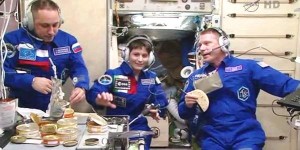 What the characters in the Hitchhikers Guide of the Galaxy are experiencing in the book is not a common experience for earthlings: when we sit at our table at a restaurant the dish of the day certainly does not come to greet us!
What the characters in the Hitchhikers Guide of the Galaxy are experiencing in the book is not a common experience for earthlings: when we sit at our table at a restaurant the dish of the day certainly does not come to greet us!
It sounds impossible… but there is one thing that Douglas Adams and his talking dish got right: plenty of whole- grains and exercise is the key to staying healthy.
It is not science fiction and it is true for all Earthling’s such as Arthur Dent… and even Marvin!
Here at Outpost42 we believe that it does not take much to stay healthy, there are no complicated and obscure rules: what we need to understand is how the food we eat “talks” to our bodies.
And that is why we would like you to start this adventure with us.
So, what are you waiting for, get on board…or better yet get to the dining table! The Futura mission has just started and every week, together we will try to understand how to put the right fuel into our bodies to make them work at their best levels… just like the Soyuz!
Samantha Cristoforetti
Cover photo credits: ESA/NASA





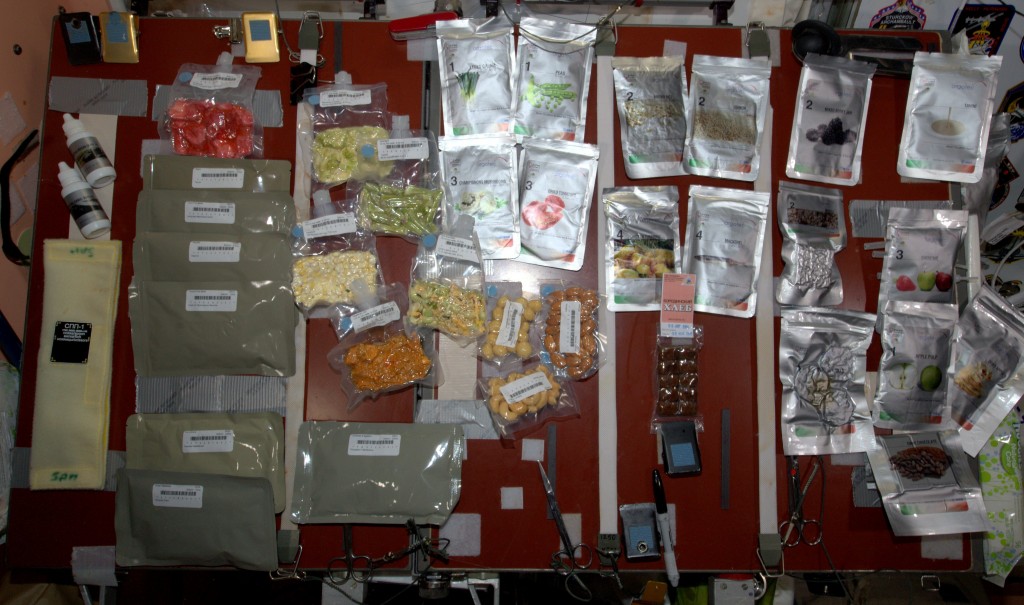
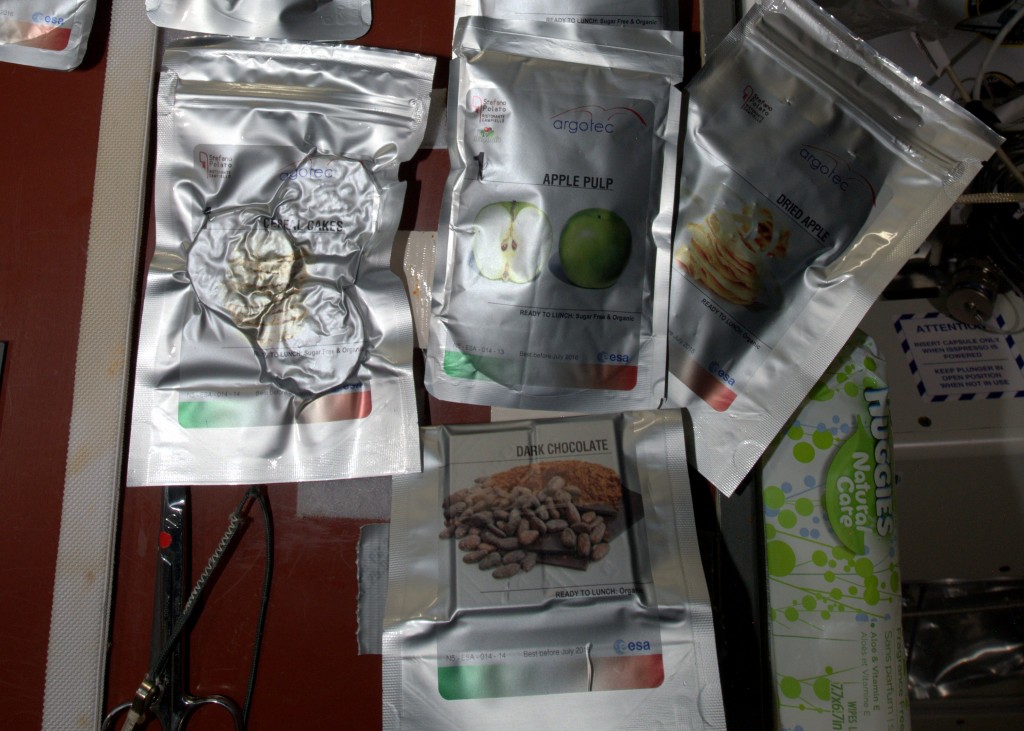
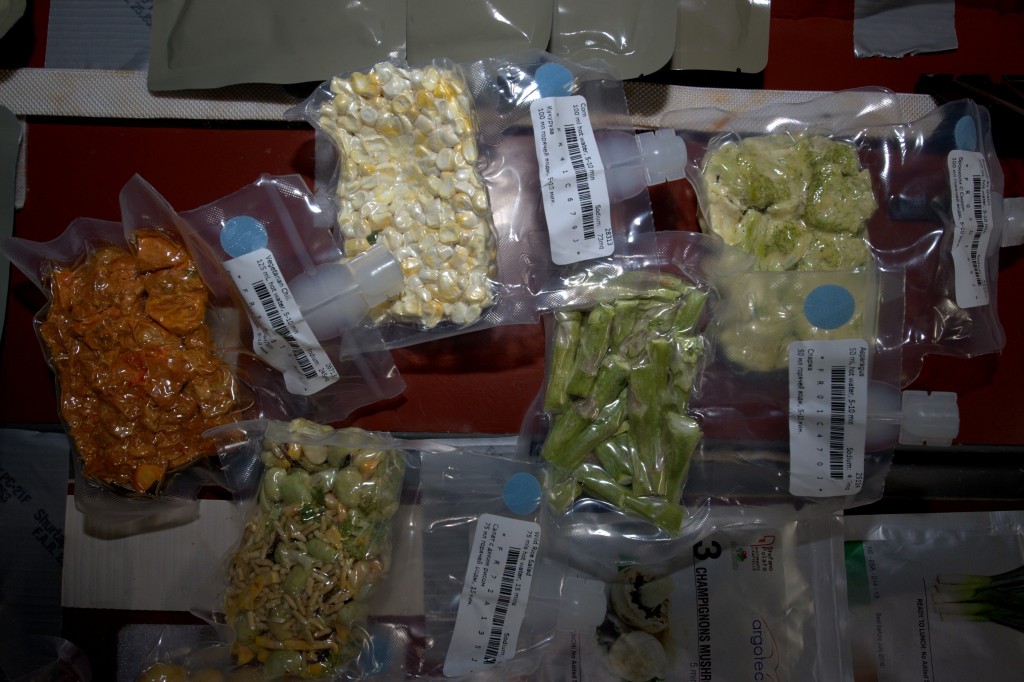
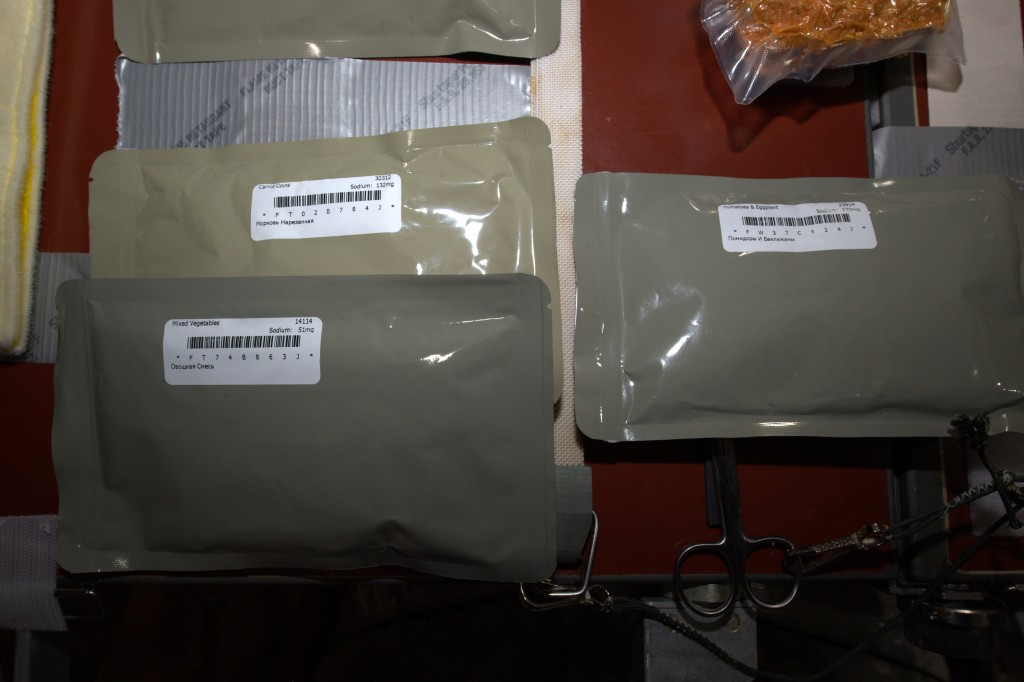
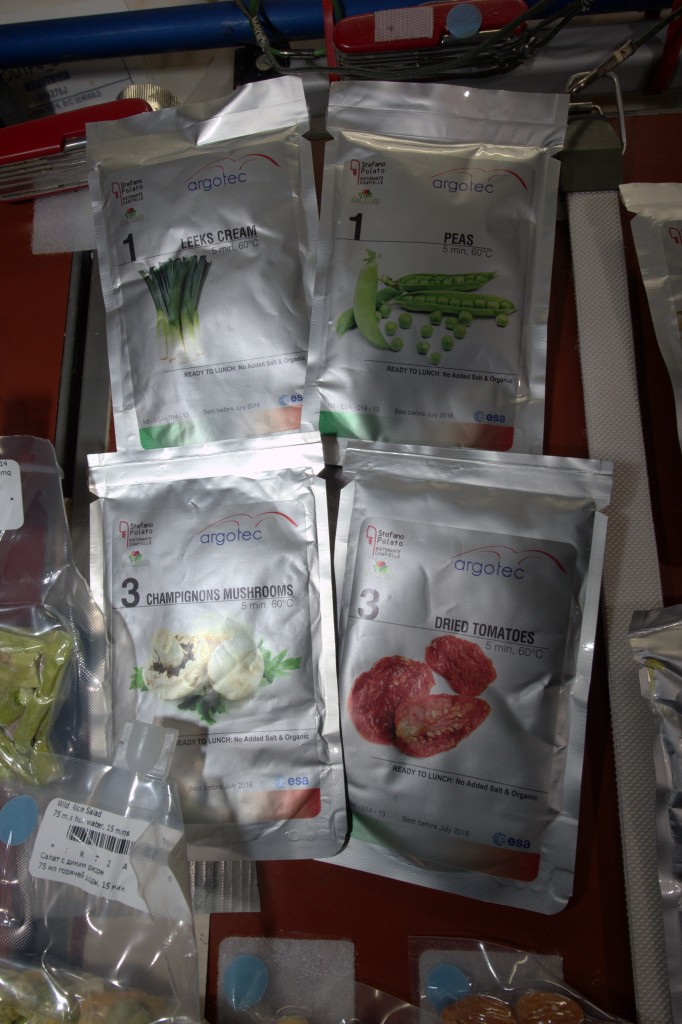
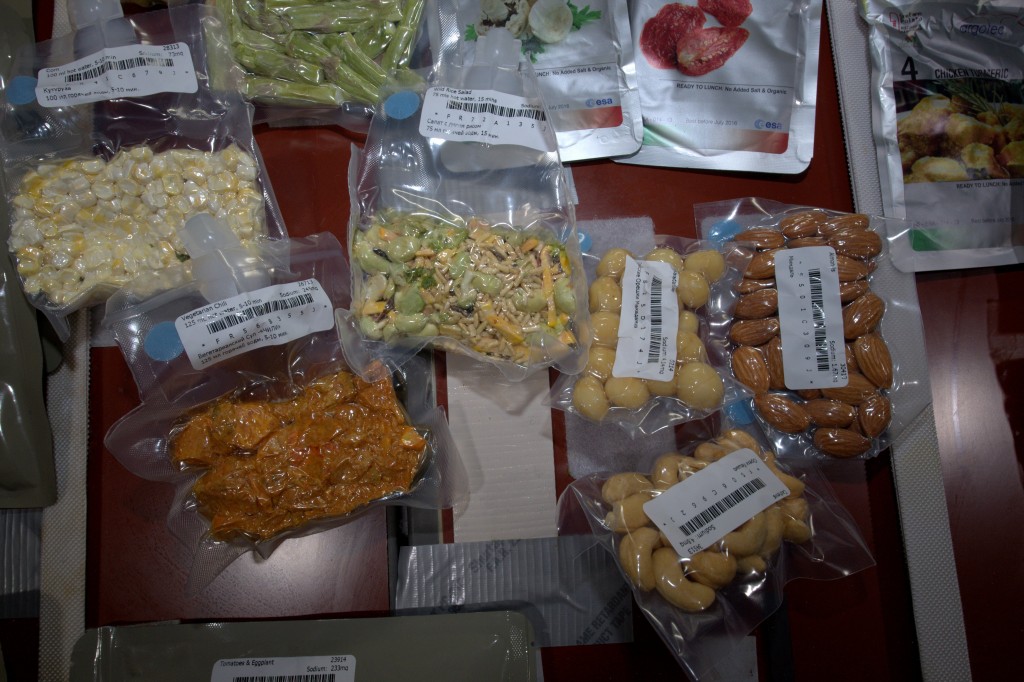
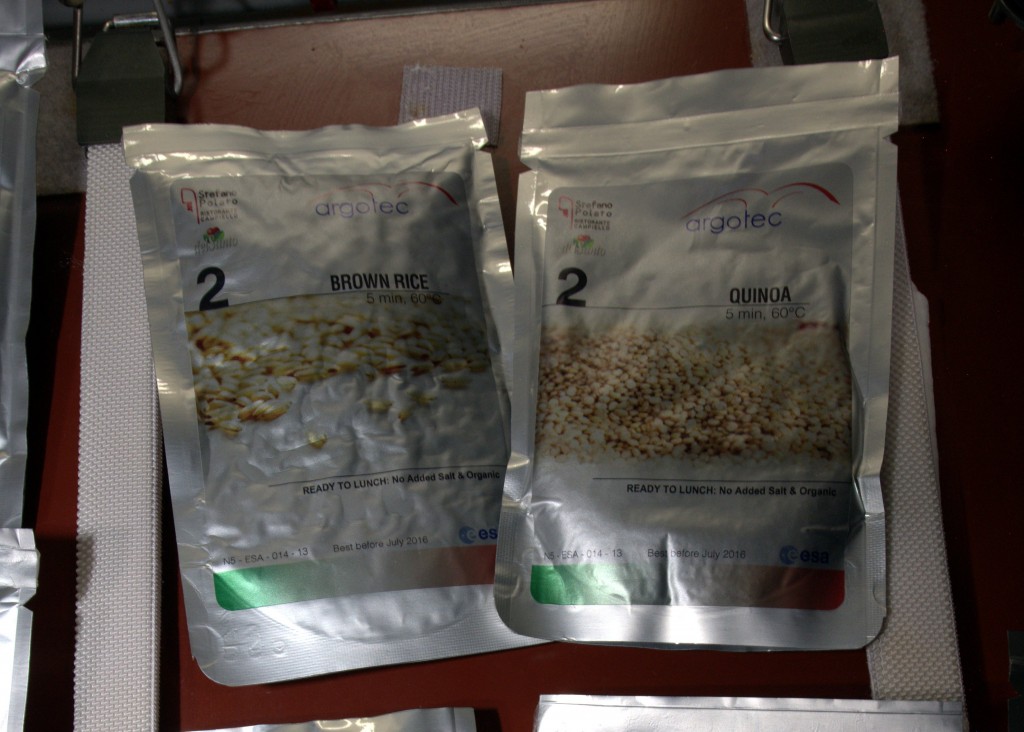

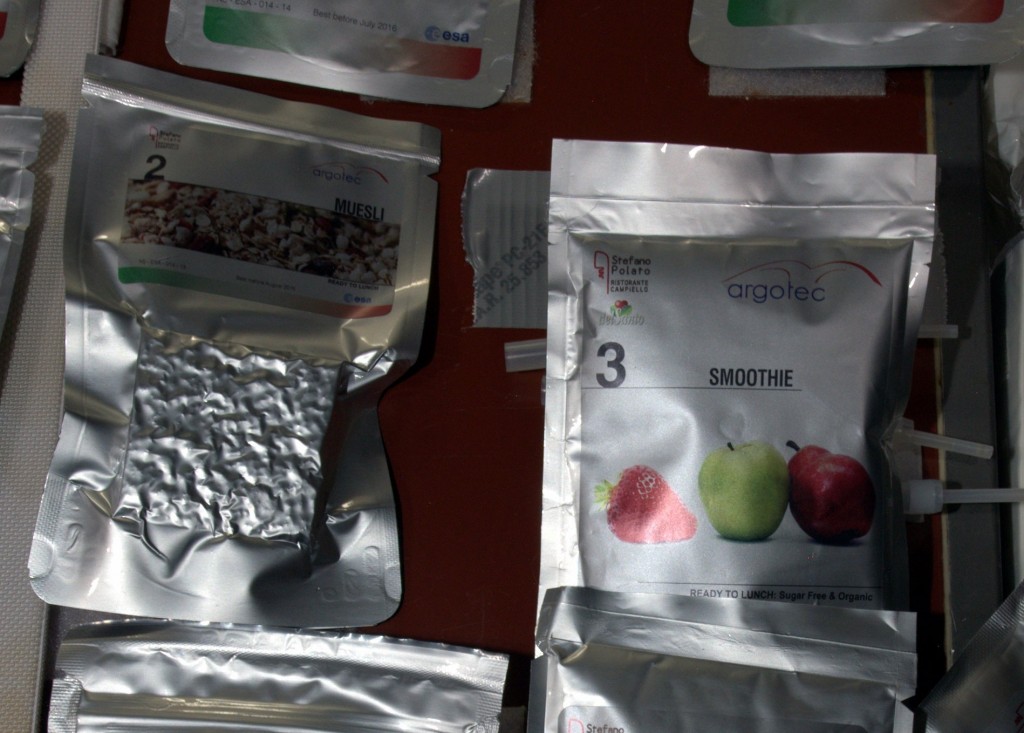
 What the characters in the Hitchhikers Guide of the Galaxy are experiencing in the book is not a common experience for earthlings: when we sit at our table at a restaurant the dish of the day certainly does not come to greet us!
What the characters in the Hitchhikers Guide of the Galaxy are experiencing in the book is not a common experience for earthlings: when we sit at our table at a restaurant the dish of the day certainly does not come to greet us!